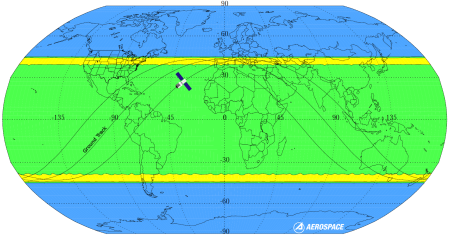Fascists: A bi-partisan group of senators — Heidi Heitkamp (D-North Dakota), Jeff Flake (R-Arizona), Susan Collins (R-Maine), Pat Toomey (R-Pennsylvania), Martin Heinrich (D-New Mexico), Tammy Baldwin (D-Wisconsin), Angus King (I-Maine), Bill Nelson (D-Florida), and Joe Manchin (D-West Virginia) — have introduced a bill that would deny any citizen the right to buy a gun if they happen to be put on the no-fly list by some Washington bureaucrat, thus denying them their second, fifth, sixth, and seventh amendment rights.
As noted at this link,
Watch lists are inexact tools for law enforcement, after all, not a way to adjudicate rights. Most of the names on the watch lists, and the reason those names appear on those lists, are known only to government officials. If you’re one of the hundreds of thousands of innocent people unlucky enough to be capriciously tagged by law enforcement, you can only extricate yourself after an expensive and byzantine process that is often beyond the reach of an average a law-abiding citizen. Which is almost surely the point. As far as we can tell, nearly 300,000 names aren’t even vaguely associated with potential terrorist organizations. Yet, in this proposed legislation, sponsored by Sens. Susan Collins (R-ME) and Heidi Heitkamp (D-ND), senators demand that Americans ask for permission before practicing their constitutional rights.
Then there is the question of how we define a potential terrorist in the future? The listmakers won’t say. How about Democrats? As others have noted, liberals regularly accuse the National Rifle Association (and thus gun owners) of being complicit in terrorism. Democratic Sen. Chris Murphy has argued that Republican who fail to support bypassing due process “have decided to sell weapons to ISIS.” Kathleen Rice, who sits on the House Homeland Security Committee, contends that Dana Loesch and “the NRA are domestic security threat” for practicing their First Amendment rights. Excuse me if I don’t trust these people to dictate whose rights should be protected. [emphasis mine]
More important, if the people on these watch lists are so dangerous, according to these senators, why are we simply denying them the right to buy a gun, without due process? Shouldn’t we round them up immediately and put them in concentration camps, just make sure they can’t do anyone any harm?
Heitkamp, Manchin, and Nelson, all face stiff challenges in the 2018 elections. I would not be surprised if they find themselves all out the door. Flake, who ran for the Senate based on his a budget-cutting record in the House, is nothing but a corrupt backstabber, and has thankfully said he is not running for re-election. That’s four out of these nine. I wonder what can be done about the other five.
I want everyone to read the highlighted text above very carefully. It documents how the left and Democrats are becoming very nonchalant about demanding the nullification of the Constitutional rights of anyone who disagrees with them. This is not to be taken lightly. They mean it. Give them a victory in an election and they will begin to do it.

